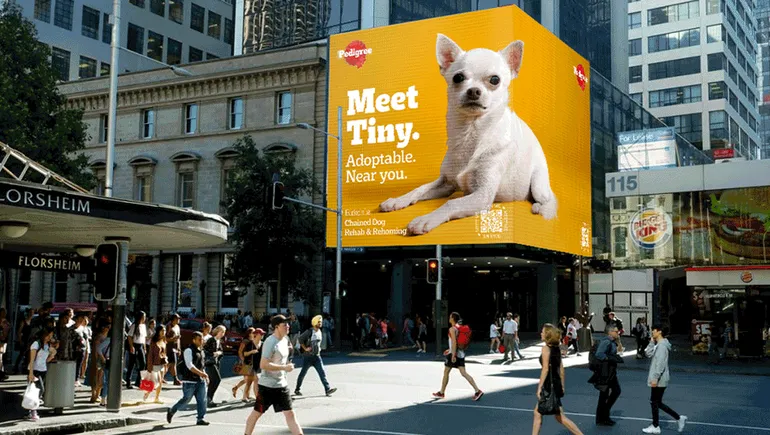
What does the marketing funnel look like post-pandemic?
The following is a guest post from Ken Harlan, founder and CEO at Mobile Fuse. Opinions are the author’s own.
The notion of a marketing funnel is tried and true: moving from brand awareness to lead generation and lead nurturing to sales. However, the COVID-19 pandemic will subsequently influence the way marketers and advertisers strategize and execute going forward.
With shifts in consumer behavior, purchasing and content consumption habits, there is no way to effectively navigate through the marketing funnel right now. Brands and advertisers are forced to pivot their strategies and focus on addressing existing communities, and offer help and convenience to their consumers.
Here are a few things brands and advertisers should consider as we enter a world that doesn’t favor the traditional marketing funnel.
COVID-19’s impact on consumer behavior
Over 80% of consumers in the U.S. and U.K. are consuming more content since the outbreak began, according to recent research from Global Web Index. Additionally, 52% of Americans are cutting their spending due to concerns around the economy, per a Bankrate study. Brands and advertisers are fighting to escape a sort of limbo as more content is consumed but purchases are down. They need to find a new way to engage with their communities and offer help to consumers.
Consumer behavior changes during this time make sense, given the myriad of financial and health worries many Americans now face. It’s safe to say these worries also influence the notion of brand loyalty, particularly as consumers seek businesses that stand for particular social issues, or who aim to “do their part” as it relates to the pandemic.
Interestingly, a recent survey from RetailMeNot found 74% of respondents ages 22 to 37 claim more brands should take public stances on important social values. Coupled with this is the idea that consumers are spending more time planning and observing before making a purchase. People often prefer to purchase from entities making a positive impact and bringing utility to their lives.
Another thing brands and marketers should note is how the pandemic will impact brand loyalty. Even before the outbreak began, brand loyalty was an increasingly uphill battle. A Criteo report found that 73% of U.S. consumers are open to considering a new brand in at least one shopping category. Additionally, 77% said they retract their brand loyalty faster than they did three years ago, and 61% have switched brands within the last year. Put simply, sticking to pre-pandemic practices of moving consumers through the marketing funnel is no longer a viable strategy. The overall mindset of consumers will continue to evolve and the fight for loyalty is getting harder.
Tactics for success
With this in mind, brands and marketers are forced to recalibrate their efforts to help maintain share of voice and relevancy. The core of these recalibrations is hinged on the difference between needs and wants. Every business should heavily assess its solutions at this time and identify whether its products are truly necessary or simply “nice to have.” Organizations that do this quickly can better adjust their messaging and creative accordingly, with a particular focus on why their offerings are needed. It’s critical that consumers understand how the offerings are useful and helpful during the pandemic while considering the brand’s mission.
Organizations looking to survive post-pandemic must also adopt an “all market” approach and implement marketing strategies that span every relevant channel. For example, brands should ensure their campaigns span wide to incorporate paid search, social, mobile, smart TV, apps and email, while reducing spend in areas that are no longer relevant, potentially including in-person conferences, sporting events and travel. It’s critical that messaging remains consistent across every channel.
As brands double down on showcasing their true value proposition and how they help their communities, it will keep them top-of-mind for consumers as the pandemic subsides. Organizations must shift from standard audience pursuit to a more mission-based strategy. While simple to understand on the surface, it’s often difficult to execute. However, by monitoring consumer preference and habit changes, developing unique ways of showcasing a mission-led approach and adapting accordingly to new market insights, brands can lay the foundation for a new marketing funnel in the post-pandemic era.





